Fairy Tales, Enchantment, Lake Superior, and Minnesota Writer Leif Enger
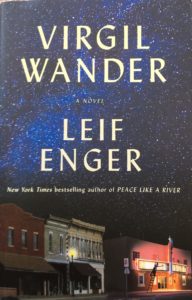
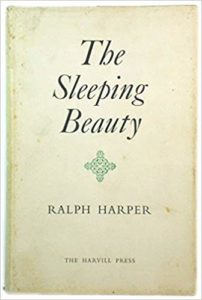
I happen to read VIRGIL WANDER, by Minnesota writer Leif Enger, at the same time I was reading about fairy tales in The Sleeping Beauty and Other Essays, circa 1955, by Ralph Harper. Harper was a reverend, a theologian, and a philosopher so his thoughts run deep. Harper led me to review classic illustrations in children’s books I had inherited, the My Book House series of retold nursery rhymes and tales from many lands, and Hans Christian Andersen’s stories with illustrations by Milo Winter. Vivid color. Enger’s novel opens in “boreal gloom” with the main character, middle-aged solitary Virgil, feeling lost in life and then nearly losing his life by plunging over a cliff into Lake Superior.
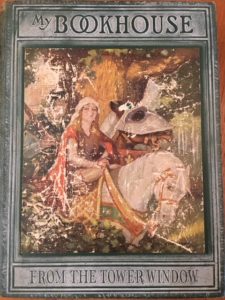
1923 Edition with the Hero Nearly Erased
Enger’s tale then follows Virgil’s seemingly modest quest: can he right himself in the “bad luck town” of Greenstone (a plain name that could evoke a magic gem) where his occupation is running an unprofitable movie theater? Virgil’s story occurs during a gray autumn and winter, un-blest seasons, yet it fits Harper’s definition of “enchantment” as “a mixture of the familiar and the unexpected.” After his rescue from dark waters, Virgil is unsettled by homesickness (though he’s technically home) and nostalgia. Rev. Harper endows “homesickness” and “nostalgia” with perennial meanings, and his words explain Virgil’s state of being. Homesickness is a “sign in man of his need for a true present”; it represents characters’ “last chance to return to the world of presence before they are lost forever in a world ruled by hate and alienation.” A fatherless teenager, a widow, and a jobless man may be even more prone to alienation than Virgil. Another Harper thought describes Virgil’s muted sense of himself as he thinks back on his past: “Through nostalgia we know not only what we hold most dear, but the quality of experiencing that we deny ourselves habitually.”
However, Virgil is lifted by the arrival of a mysterious foreigner, an old Norwegian kite-maker, “Rune,” looking for a son he’d never known. Rune’s kites give airy life to paper dogs and bicycles and to the people who fly them. There’s ordinary Midwest stuff throughout Virgil Wander with bad weather, taciturn characters, small-town politics. Yet Virgil’s attempt to claim a true present coincide with fairytale-like occurrences: the arrival of a stranger (Rune), the mystery of a lost prince (a baseball player), a woman who seems unobtainable (the baseball player’s wife), the return of a sinister figure (a devilish brother), a lost soul bewitched into dangerous misdirection, young innocents, a sentient animal (a raven), and a monster (a Great Lakes sturgeon).
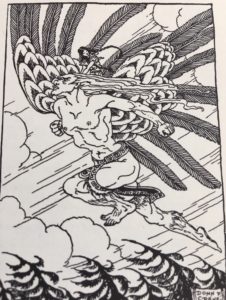
Riding the North Wind, Nordic tale East O’ the Sun and West O’ the Moon
Virgil surrounds himself and a growing circle of friends with modern fairy talks in the form of contraband movie reels. Butch Cassidy and the Sundance Kid, Ladykillers, We’re No Angels.
The plot of Virgil Wander has some action, comic twists, and life-threatening events. But the book’s animus comes from Enger’s pagan/Christian magic realism sustained by multitudes of stories. We think a fairy tale has a happy ending, but Harper believes people return to them because the narrative concerns “the relation of promise to defeat.” Virgil had felt defeated—can he still live up to a sense of promise? The tale ends where many begin, with a journey to origins.
Not exactly a spoiler: slight boy catches a nasty fish.
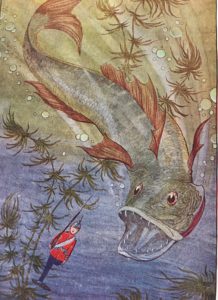
Andersen’s Fearful Fish
